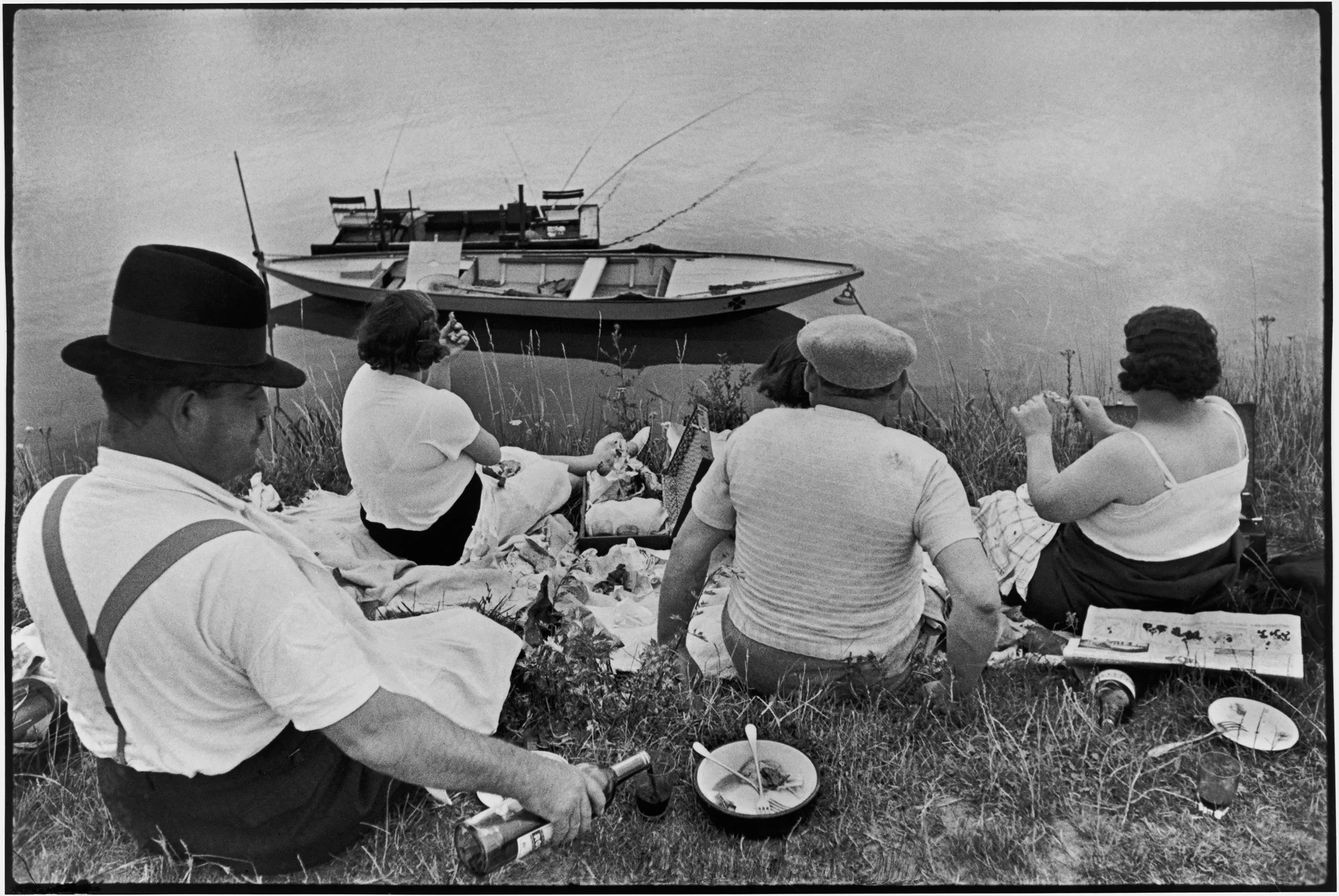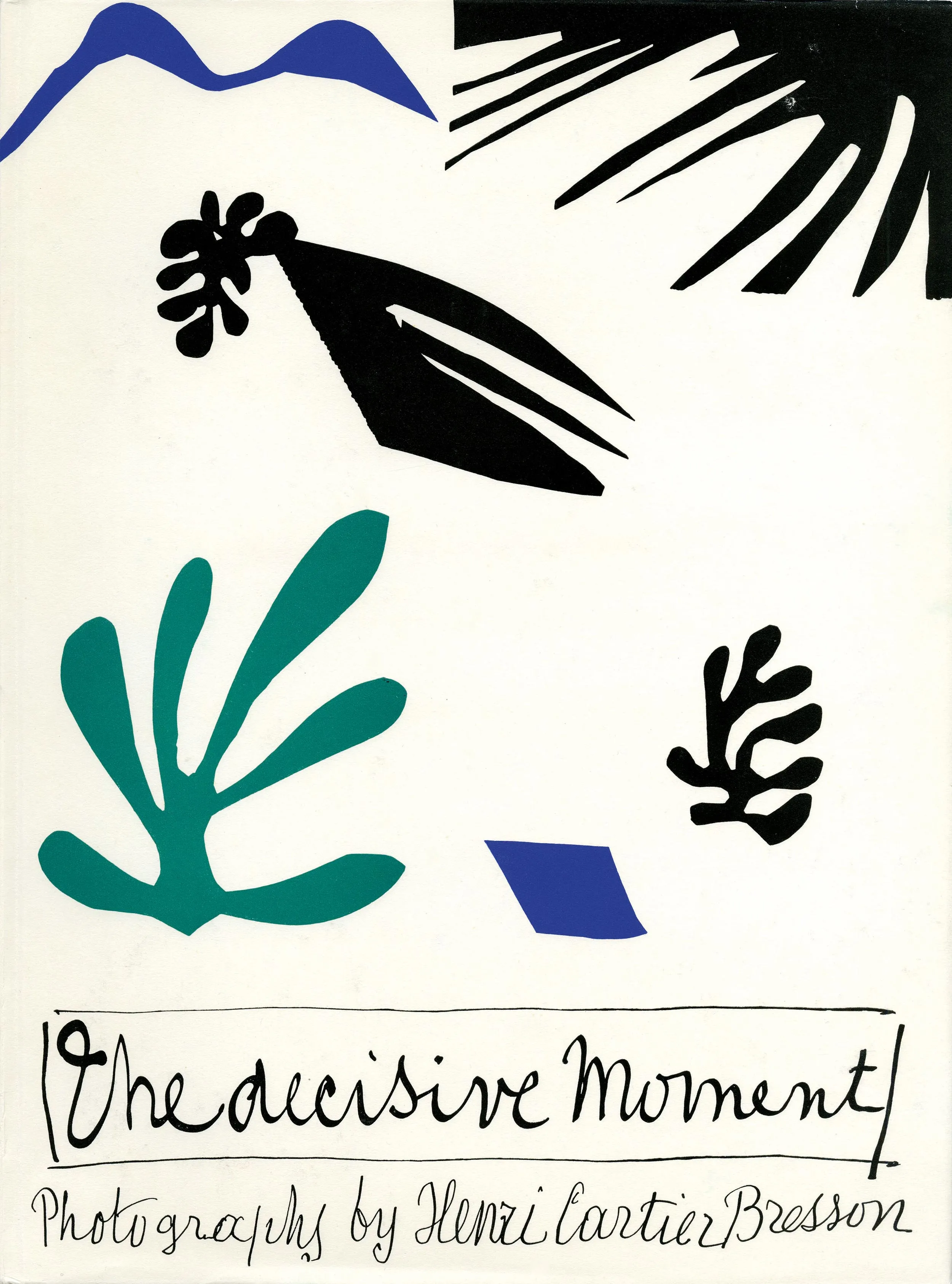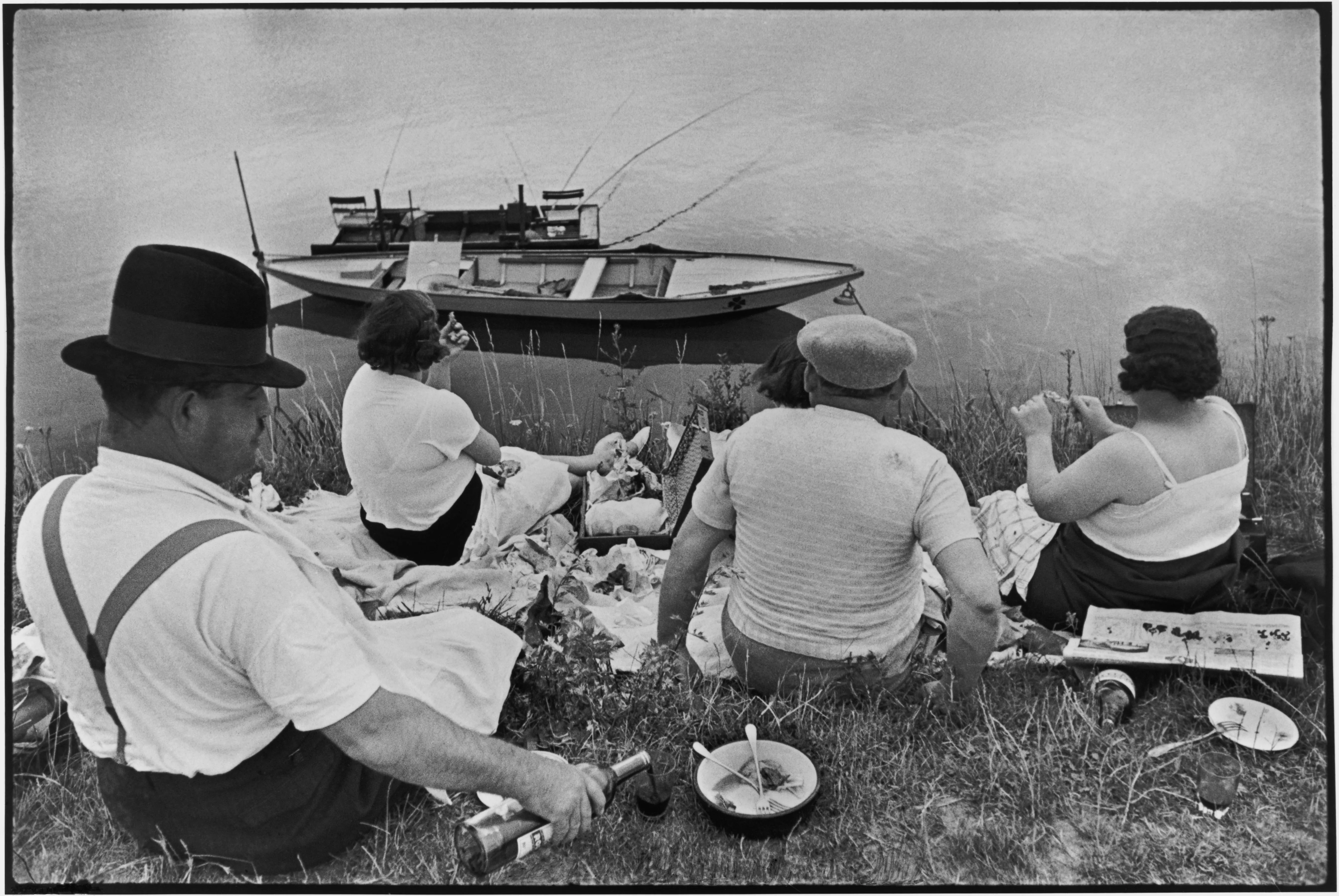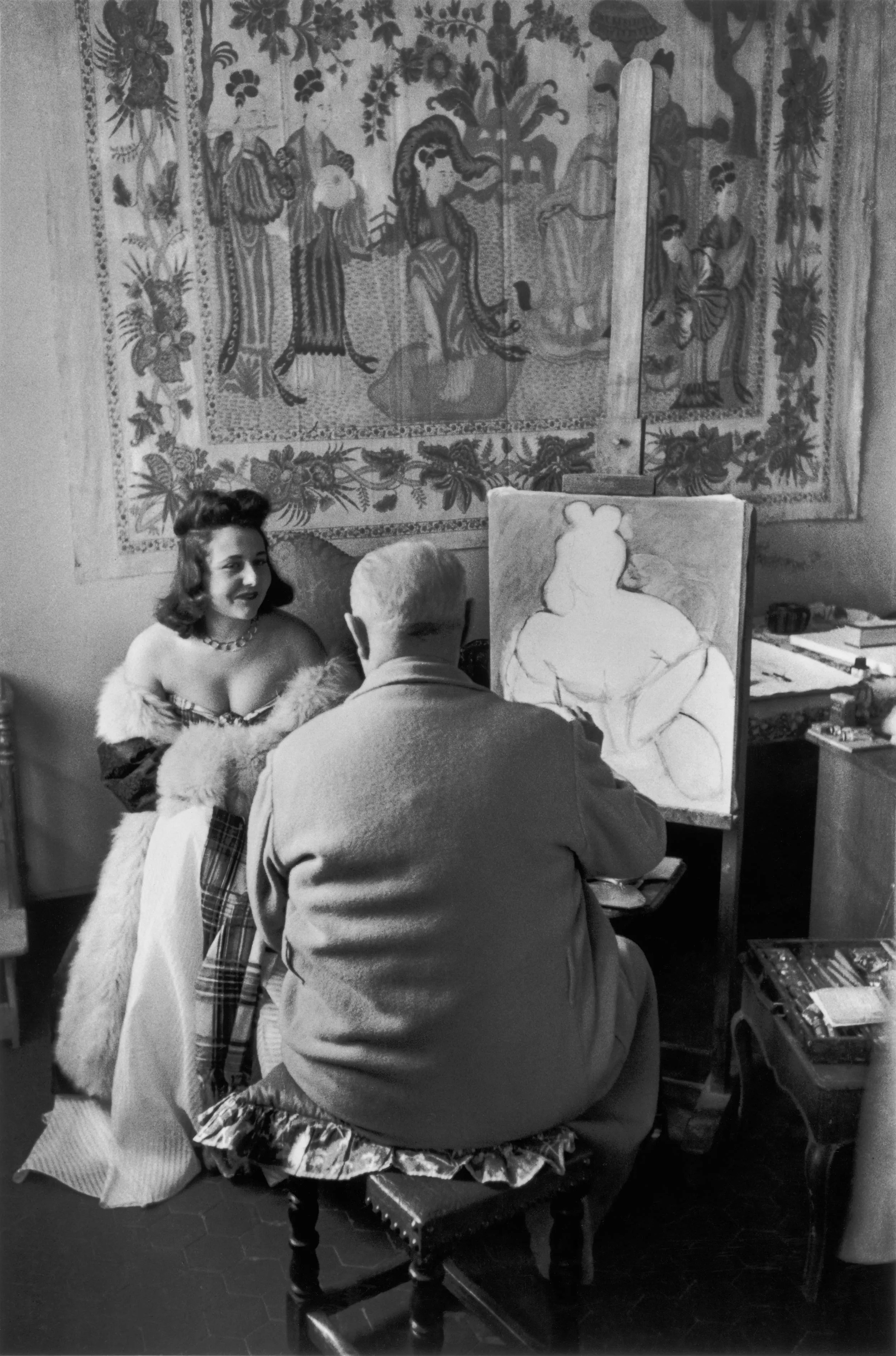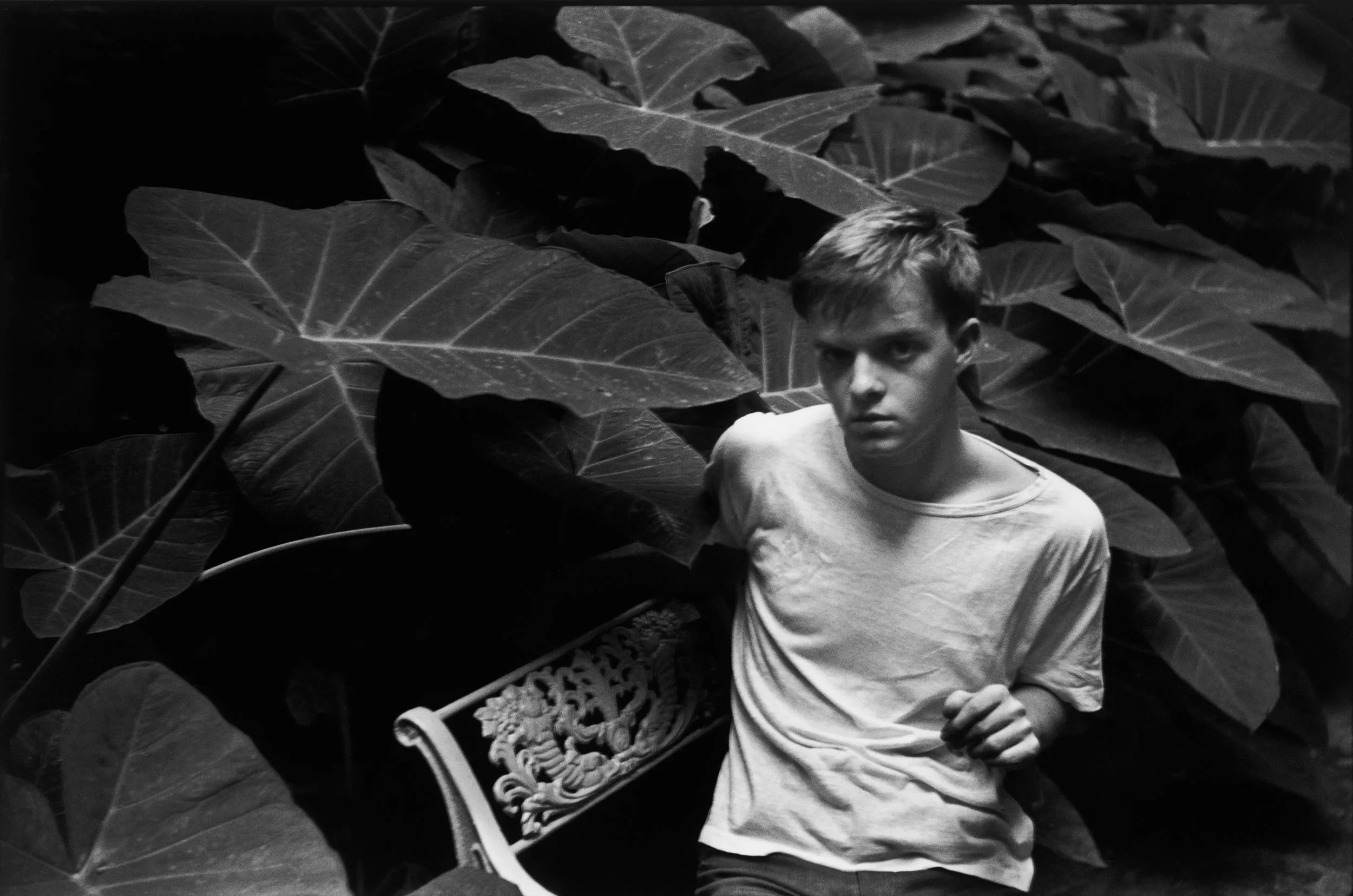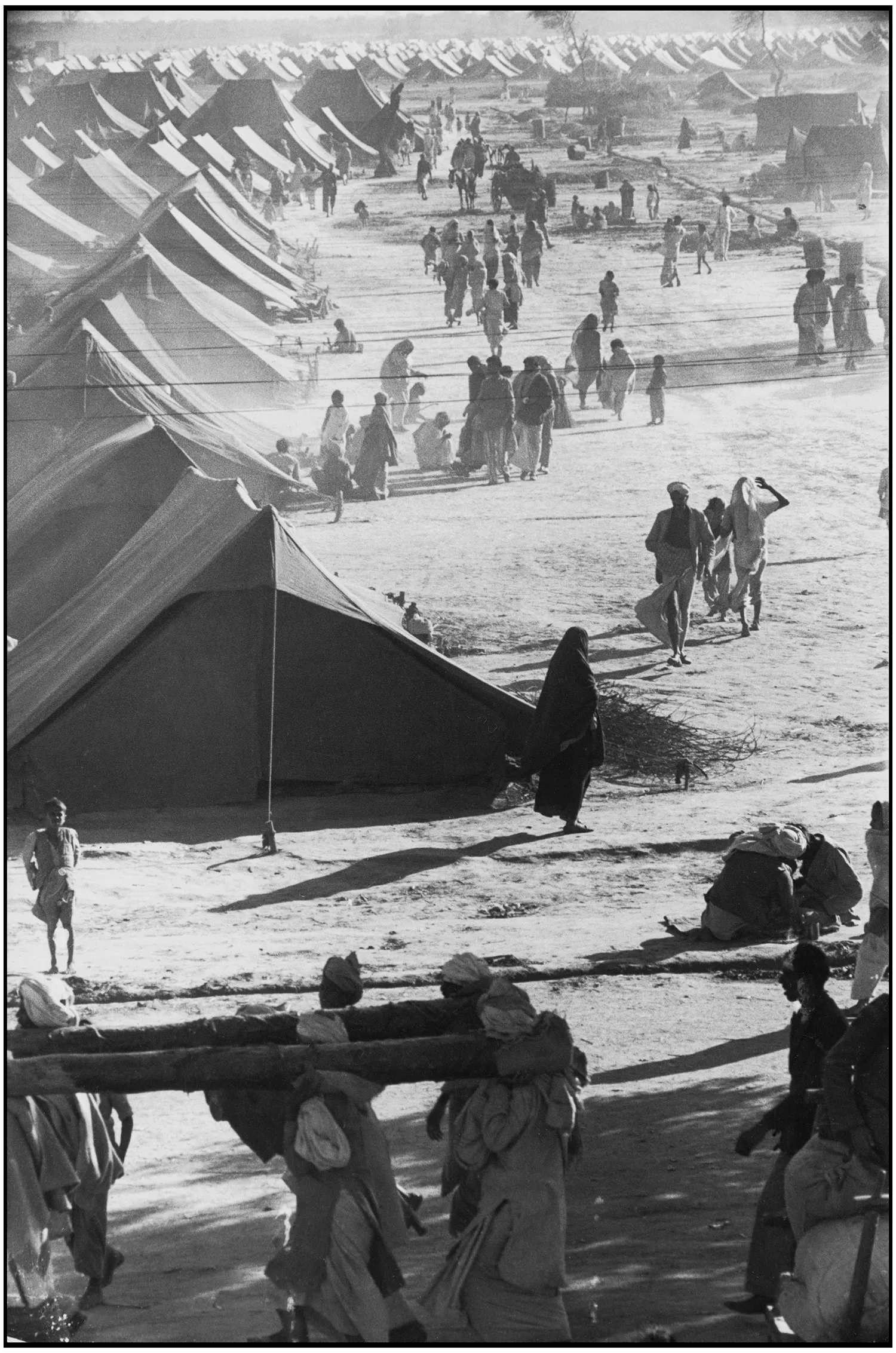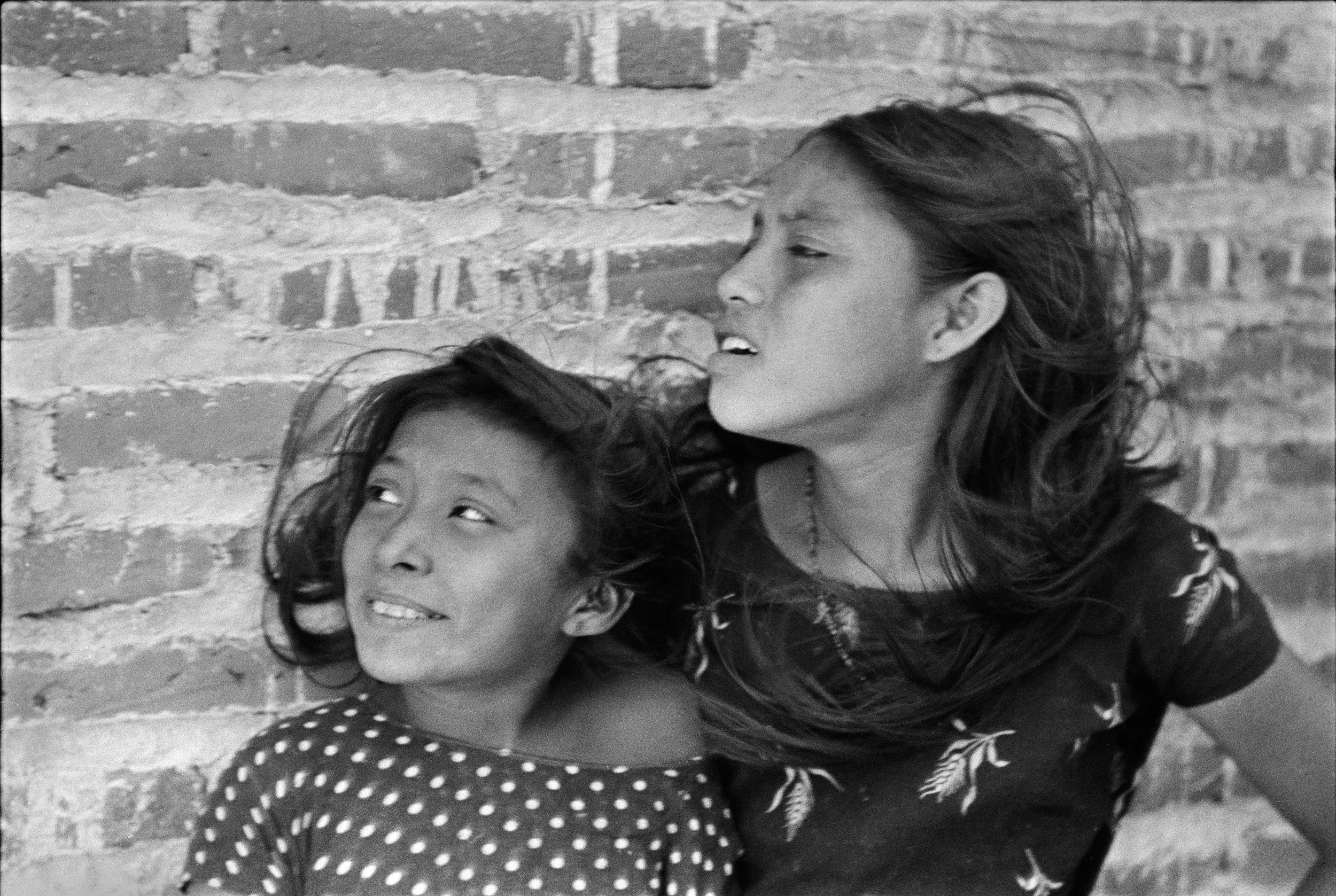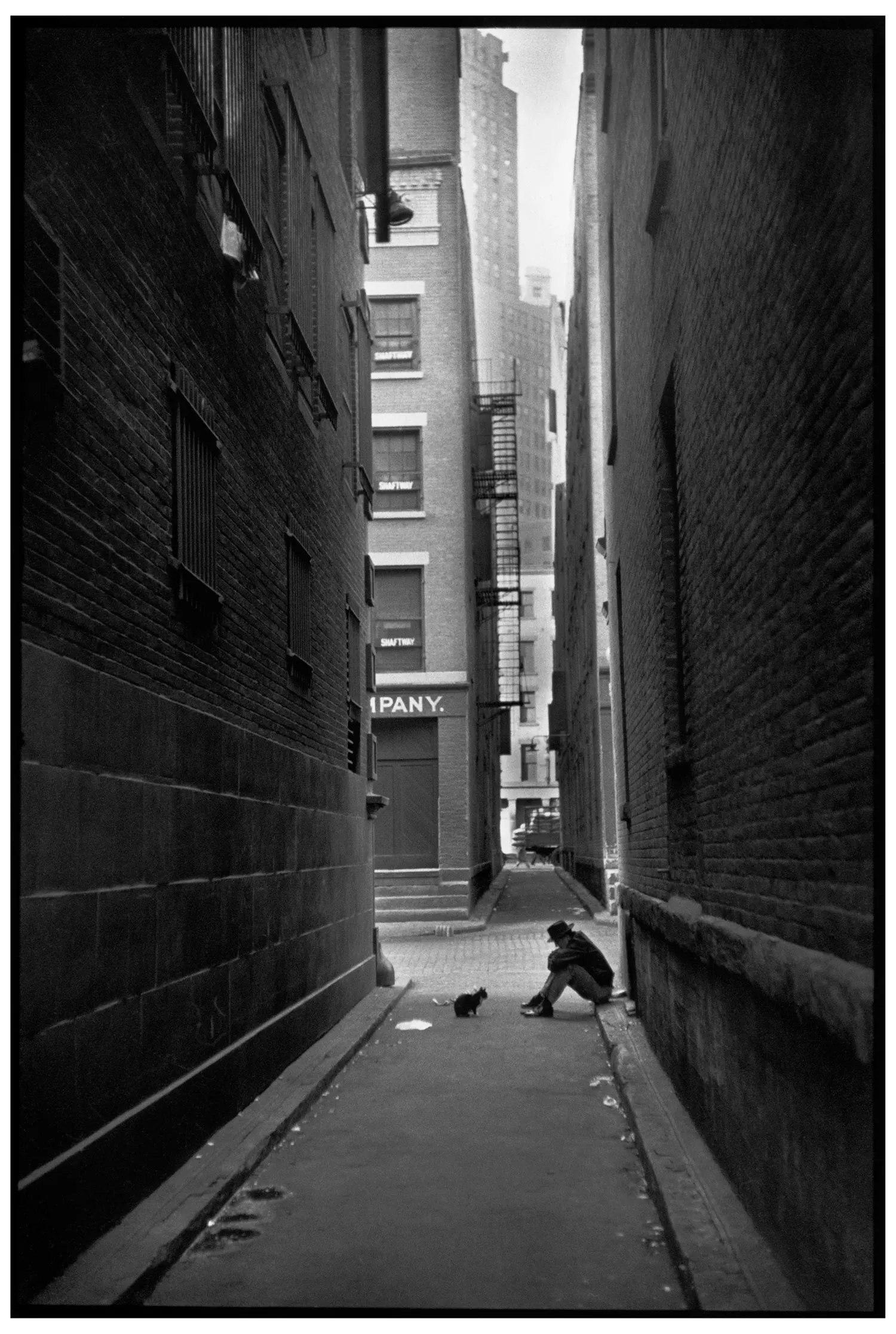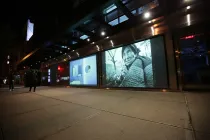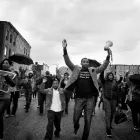Henri Cartier-Bresson: The Decisive Moment examines Cartier-Bresson’s influential publication, widely considered to be one of the most important photobooks of the twentieth century. Pioneering for its emphasis on the photograph itself as a unique narrative form, The Decisive Moment was described by Robert Capa as “a Bible for photographers.” Originally titled Images à la Sauvette (“images on the run”) in the French, the book was published in English with a new title, The Decisive Moment, which unintentionally imposed the motto which would define Cartier-Bresson’s work. The exhibition details how the decisions made by the collaborators in this major project—including Cartier-Bresson, French art publisher Tériade, American publisher Simon & Schuster, and Henri Matisse, who designed the book’s cover—have shaped our understanding of Cartier-Bresson’s photographs. Through vintage gelatin silver prints, first-edition publications, periodicals, and correspondence, Henri Cartier-Bresson: The Decisive Moment brings new insights to this iconic work.
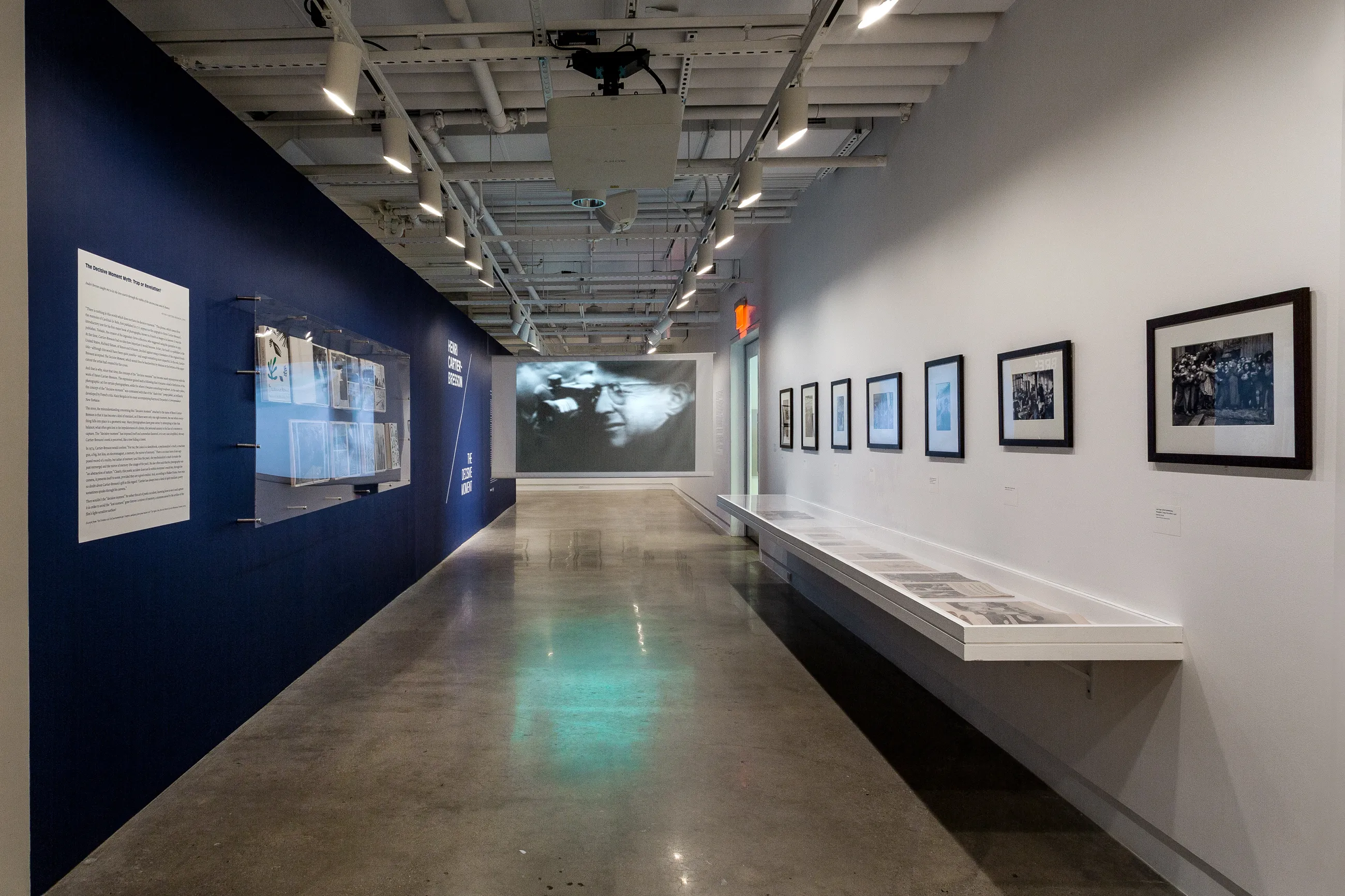
Special Thanks
ICP’s presentation of Henri Cartier-Bresson: The Decisive Moment has been made possible by the Robert Lehman Foundation, First Republic Bank, public funds from the New York City Department of Cultural Affairs in partnership with the City Council, and the Joseph and Joan Cullman Foundation for the Arts, Inc. The exhibition was organized by the Fondation Henri Cartier-Bresson.



